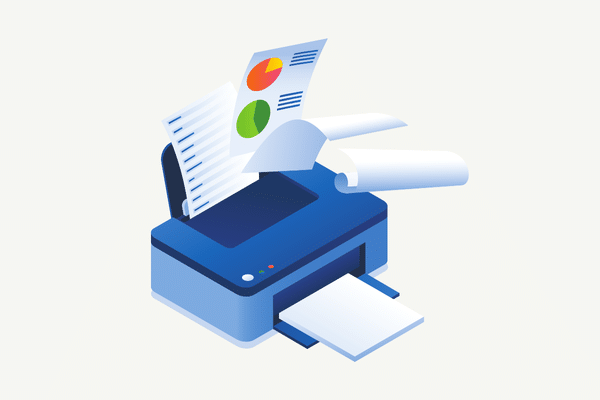
To keep the financial ghouls and gremlins out of your books this fiscal year, here’s your 2024 guide to preventing accounting nightmares:
Horror Prevention Checklist:
- 1️⃣ Keep Software from Turning Zombie – Update your accounting software regularly to avoid it turning into a glitchy, rogue monster.
- 2️⃣ Ghoul-Proof Your Internal Controls – Solid checks and balances are like garlic for financial vampires, keeping any mischief out of your books.
- 3️⃣ Backup Before the Apocalypse – Always back up your financial data. You never know when tech troubles (or financial zombies) will strike.
- 4️⃣ Witch-Watch Your Cash Flow – Keep stirring that financial cauldron, and watch for any odd bubbles that might spell trouble.
- 5️⃣ Audits: The Ghostbusters of Accounting – Regular audits will help you exorcise unwanted financial surprises.
- 6️⃣ Don’t Let Taxes Haunt You – Stay up to date on tax laws so that IRS specter doesn’t pop up unexpectedly.
- 7️⃣ Employee Vetting: No Vampires Allowed – Make sure your employees are only sucking up knowledge, not company funds.
- 8️⃣ Double, Double, Two-Factor Trouble – Secure your financial accounts with two-factor authentication for extra protection.
- 9️⃣ Guard Your Financial Treasures – Store important documents in a password-protected vault, preferably guarded by a digital dragon.
- 1️⃣0️⃣ Summon Your Financial Wizards – Consult with accounting experts regularly to keep dark forces (and tax surprises) at bay.
With this handy checklist, your 2024 financial books will be free from any scary surprises—no ghouls, goblins, or gremlins in sight!
Ready to ward off accounting nightmares?
Our team of financial wizards is here to help you make 2024 your most profitable (and least spooky) year yet. Reach out today, and let’s ensure your business is as safe as a password-protected vault!





